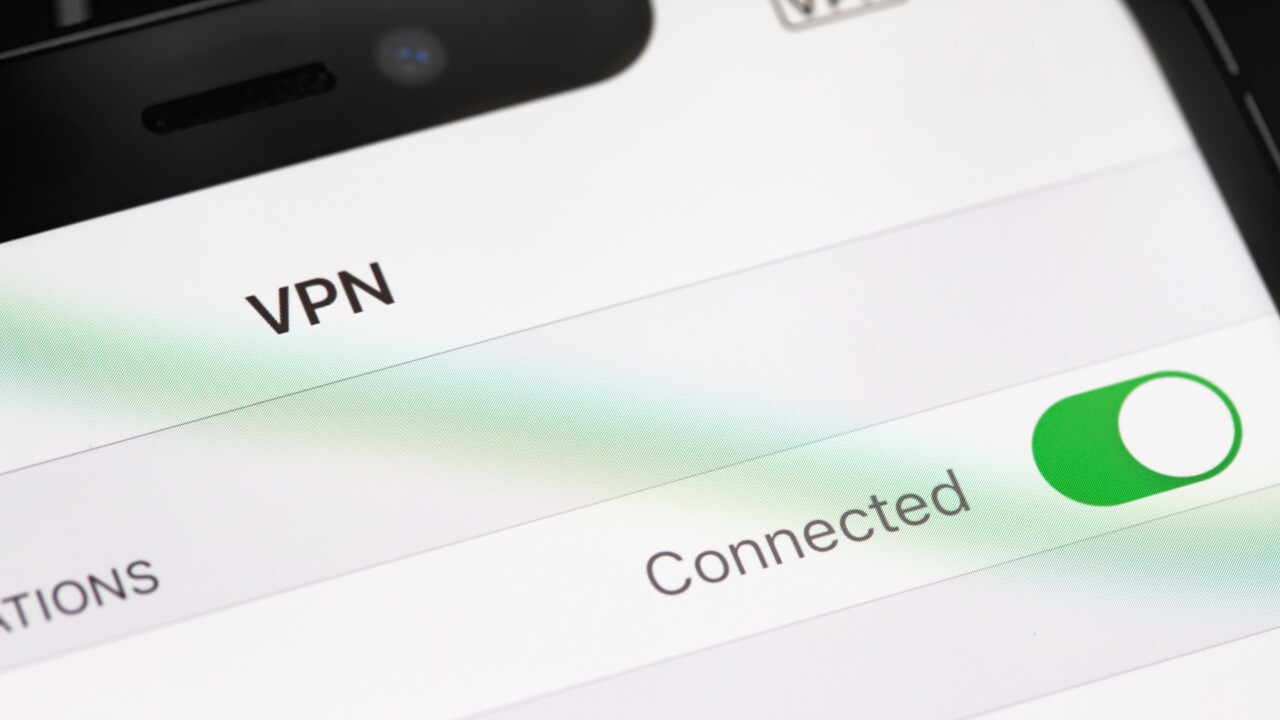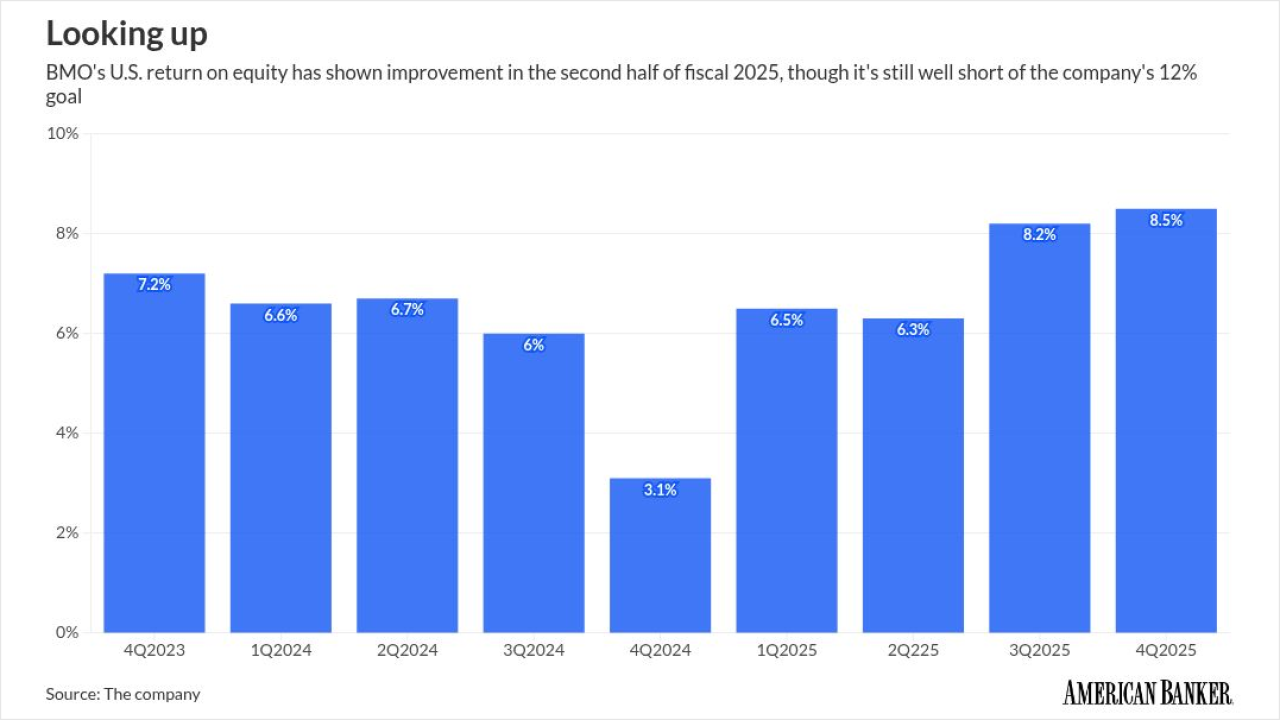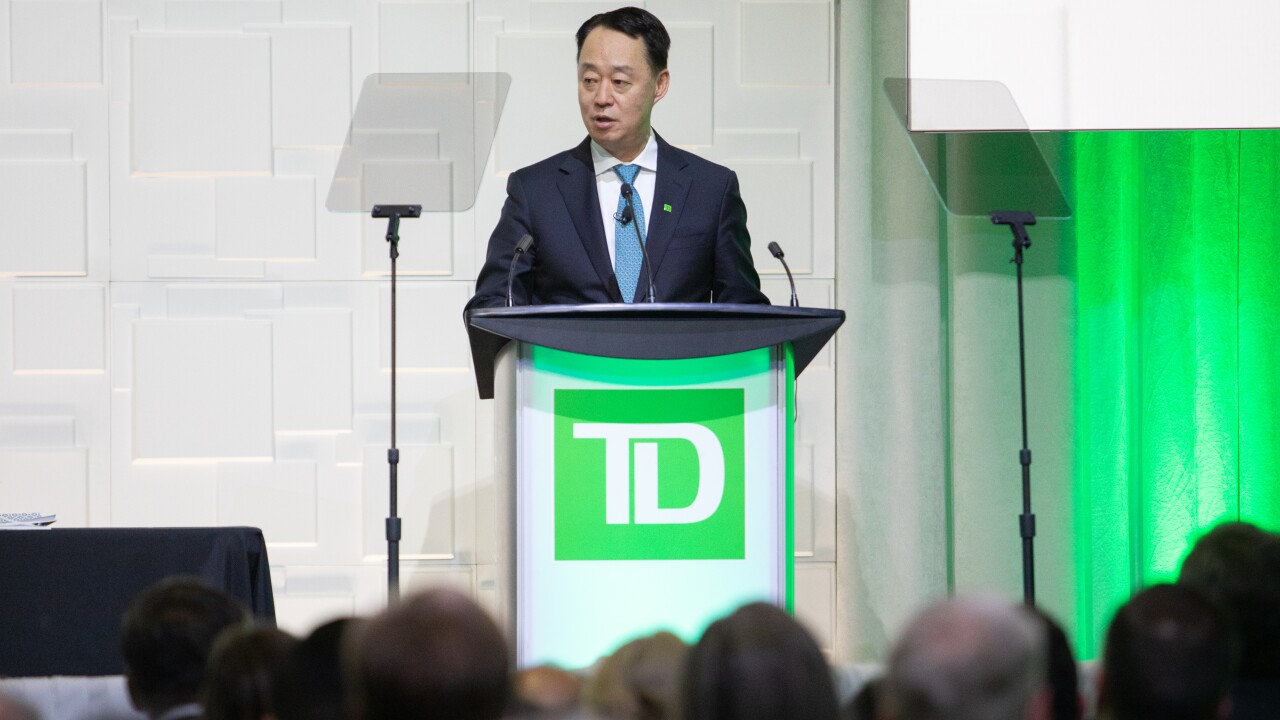
In the digital era, it should be easy for consumers to switch bank accounts to take advantage of higher interest rates. By now, we should also have powerful artificial intelligence assistants to help us find the best credit cards and loans.
Instead, over 90 million Americans have never switched bank accounts. And more than half of all homebuyers get only
A big reason why is that big banks have worked to lock in consumers, including by making it harder to access and transfer our financial data. As a result, consumers pay tens of billions of dollars more each year. Fortunately, the Consumer Financial Protection Bureau is
Small-business owners like my father, an electrician who has a few employees, can't lock in customers. They also don't get government bailouts if they fail. Competition keeps them up at night. That makes them improve their services and offer lower prices.
Big banks are different. Unlike in most other industries, it is especially hard to start up a bank because the federal government
A decade ago, as digital technologies took off, big banks began to fear stiffer competition. Not only were some technology startups trying to offer similar services as banks, but others were seeking to leverage artificial intelligence to help consumers navigate a bewildering consumer financial marketplace. Many early tech entrepreneurs made it clear their goal was "
Banks' early playbook was to block third-party digital helpers from access to user accounts, both by making it technologically more difficult and by threatening lawsuits. Without access to consumers' data, it would be hard for competing companies to figure out which credit card, mortgage or savings account fits best.
Those early moves slowed the challengers down, and because
More alarmingly, as consumers persisted in using third-party fintechs for help in managing their money and accessing accounts, eleven big banks — including the likes of Bank of America, PNC, and JPMorgan Chase — acquired Akoya. Akoya provides an interface between banks and third-party digital helpers — a service that had previously been assumed by independent startups. Some of the banks that owned Akoya then began to
Realizing that a voluntary system of data sharing was no longer tenable, the CFPB recently took long overdue steps to
Similar laws have worked elsewhere. Cellphone carriers used to be hard to leave because the carrier had control over the phone number. After new laws required companies to let people take their phone number with them, many people switched and
In an era when the value of consumer data has been






